
Add Your Heading Text Here
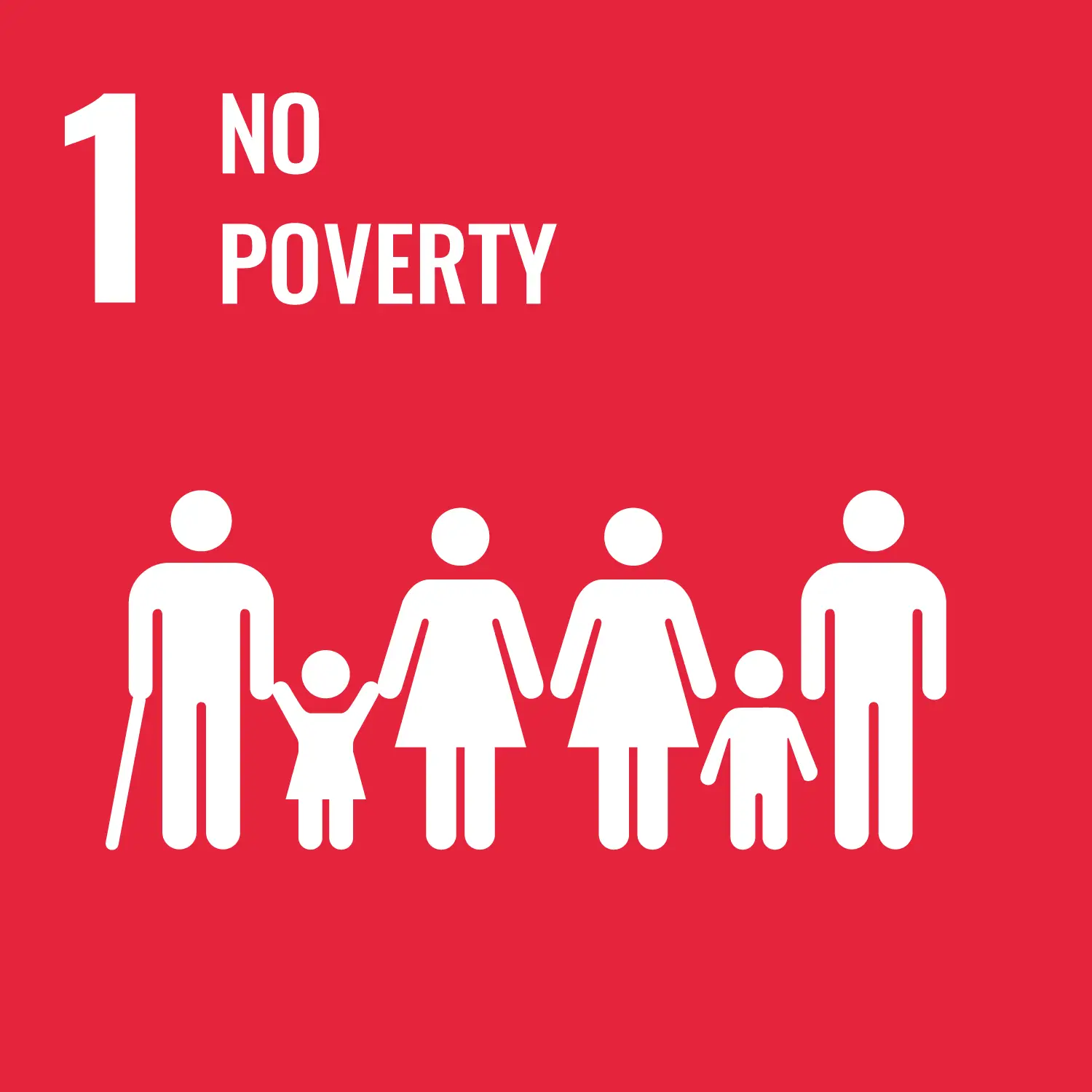

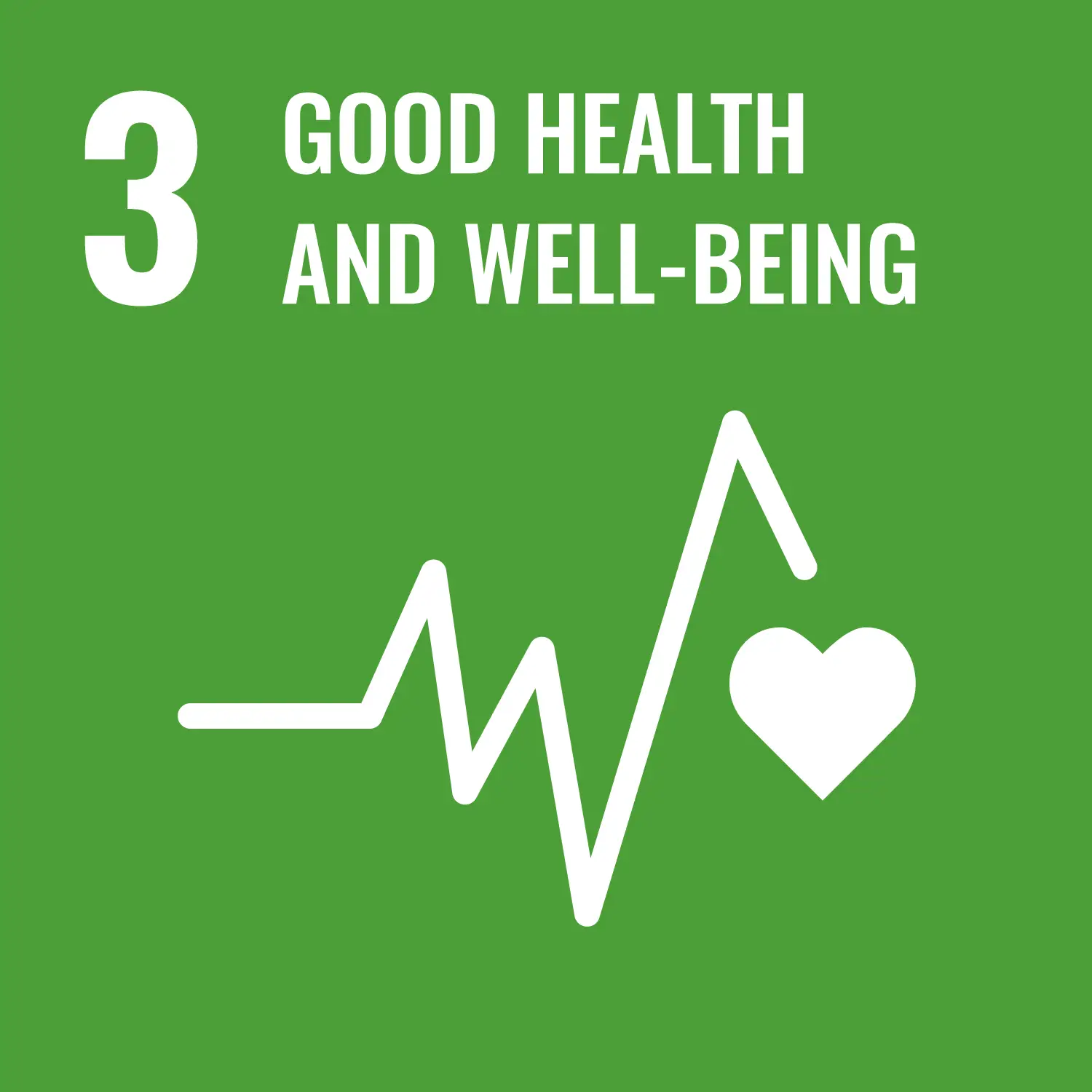
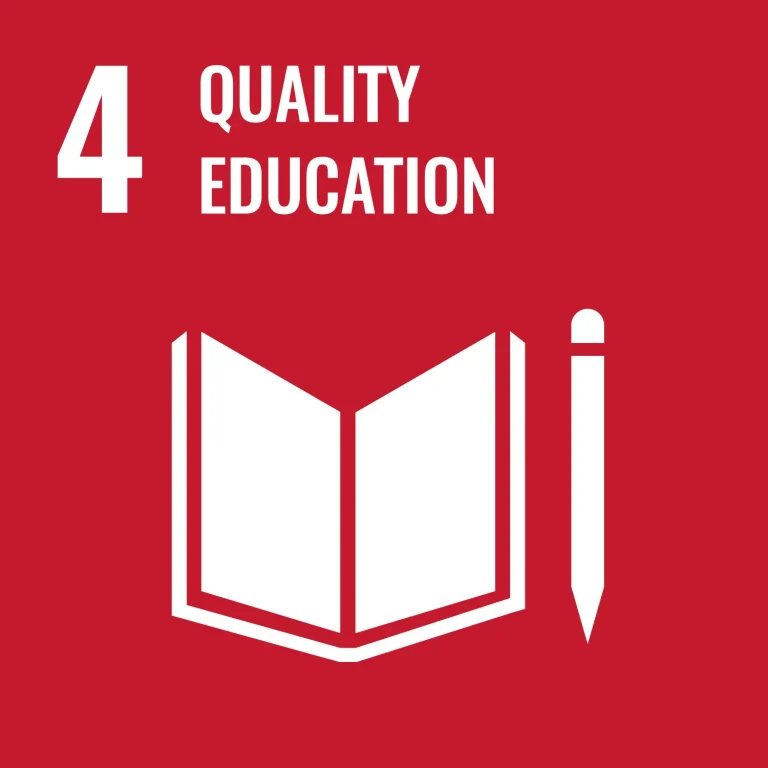
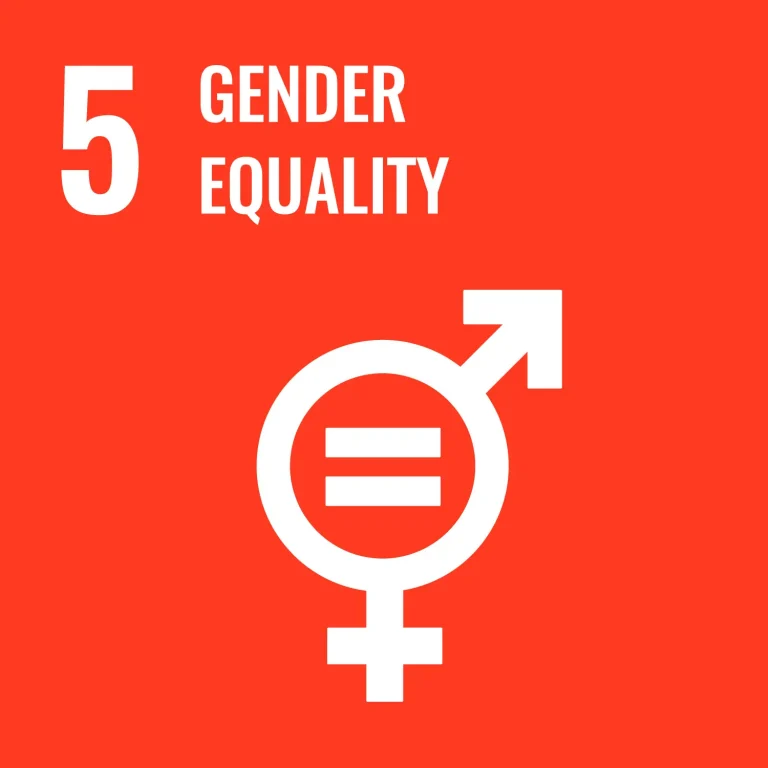
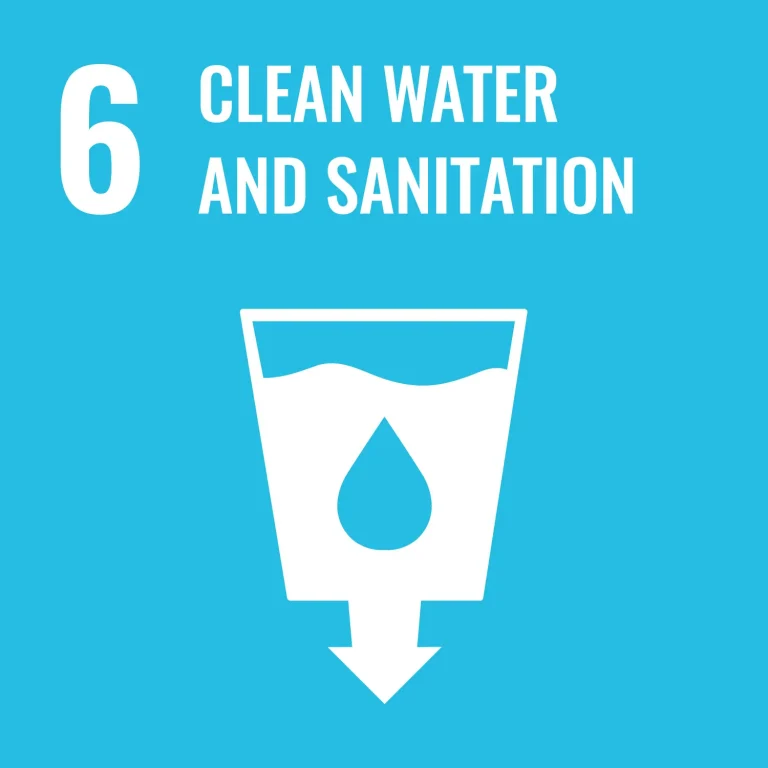

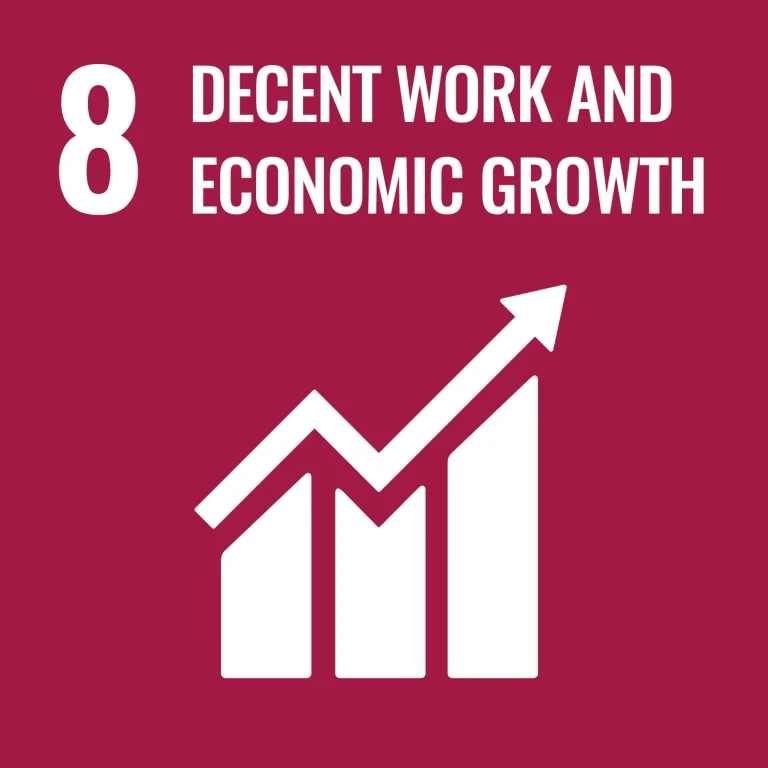
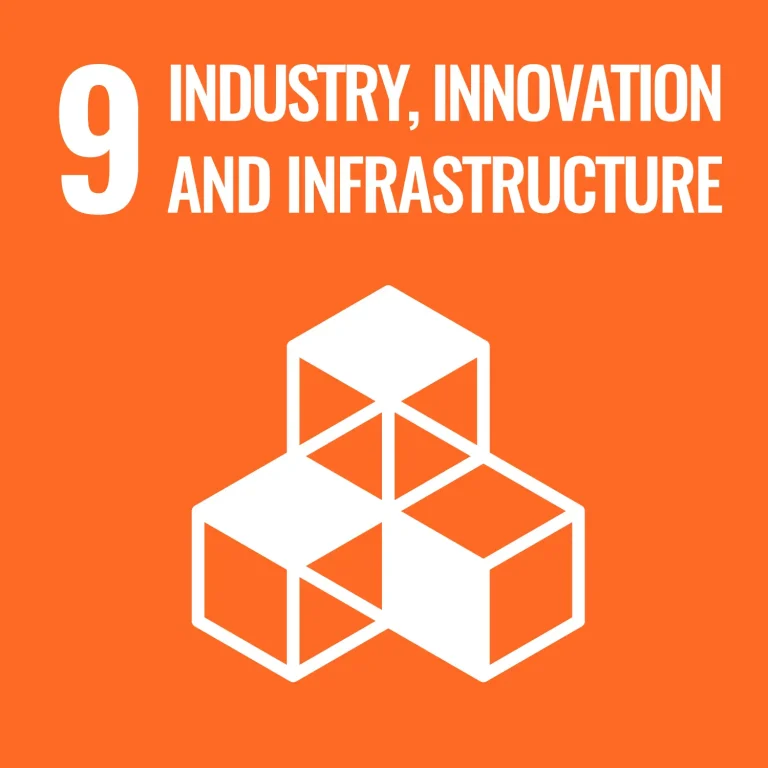
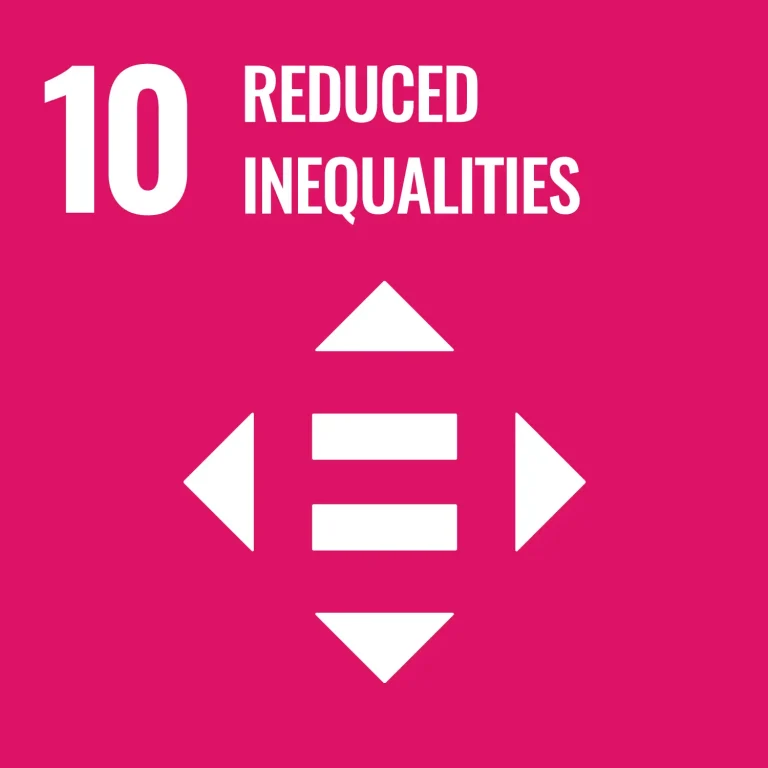
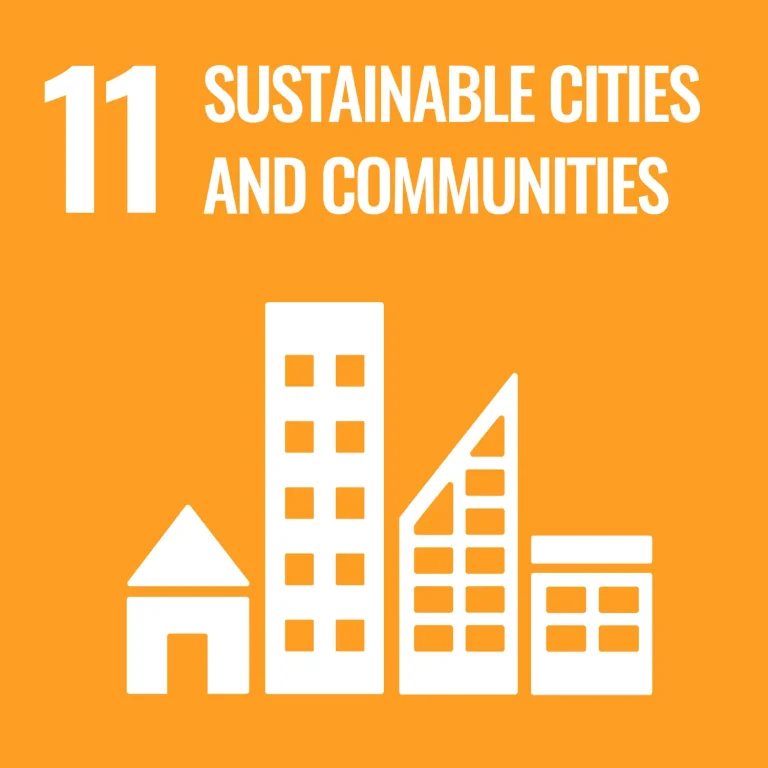
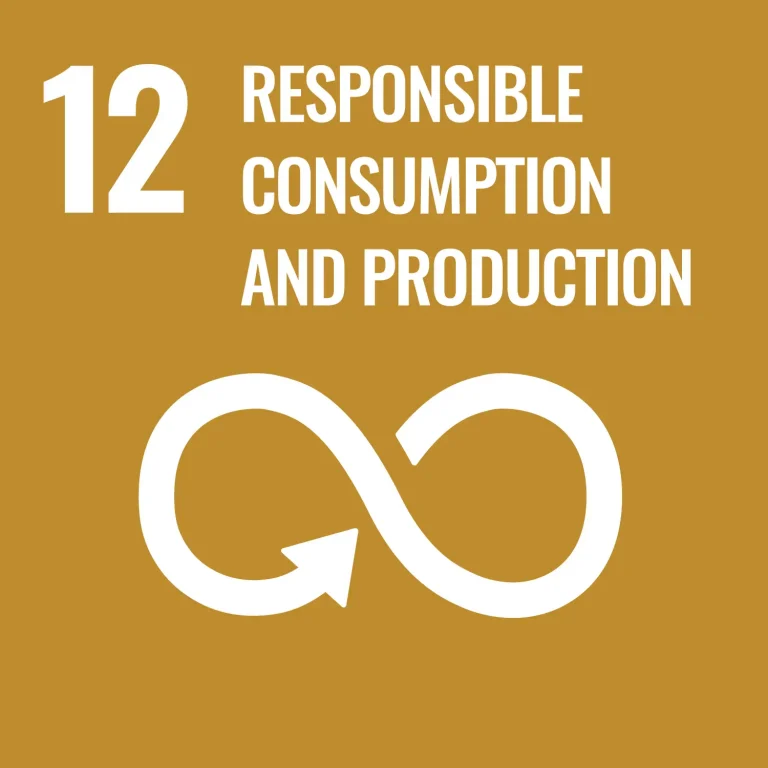
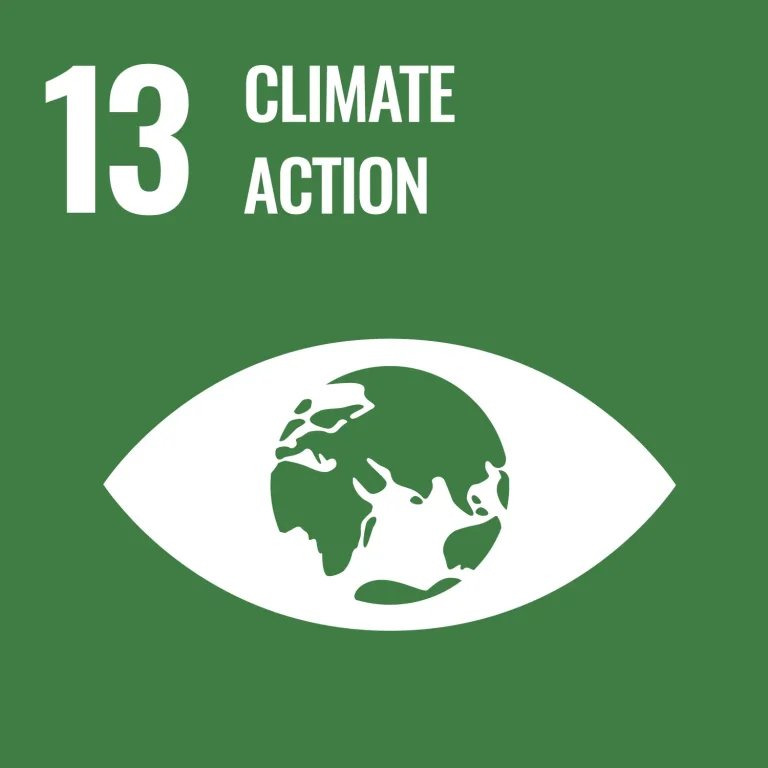
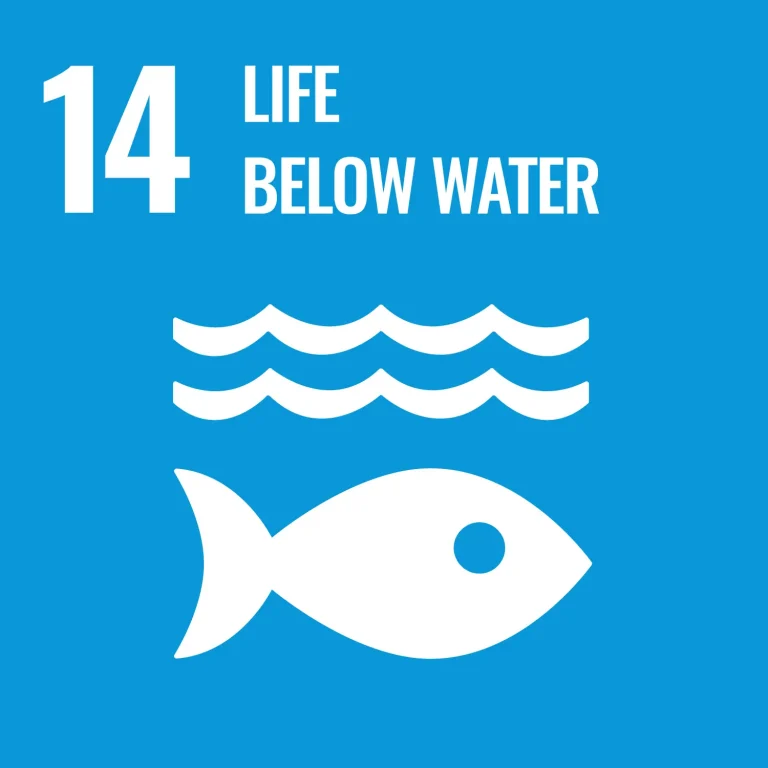
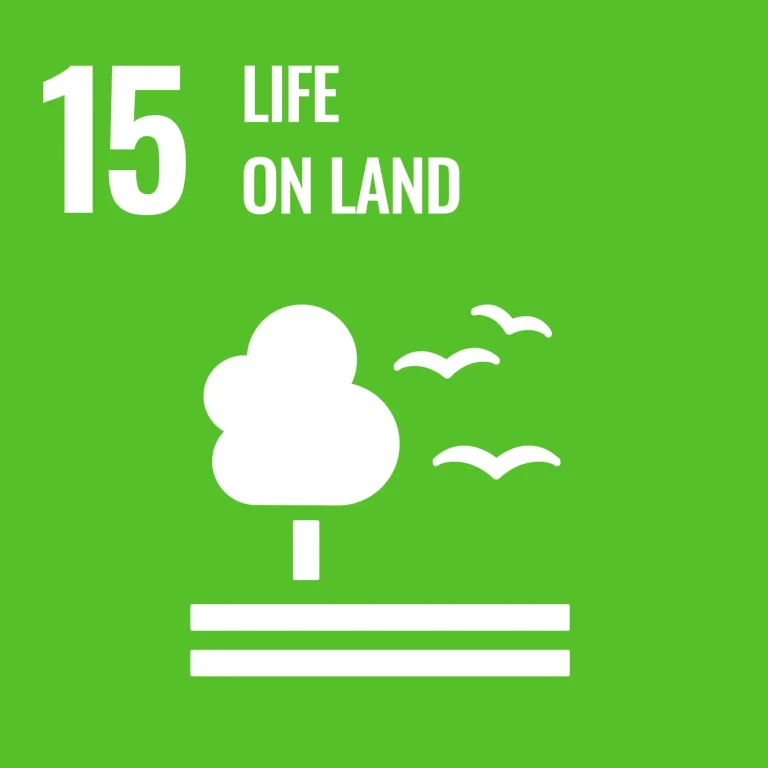
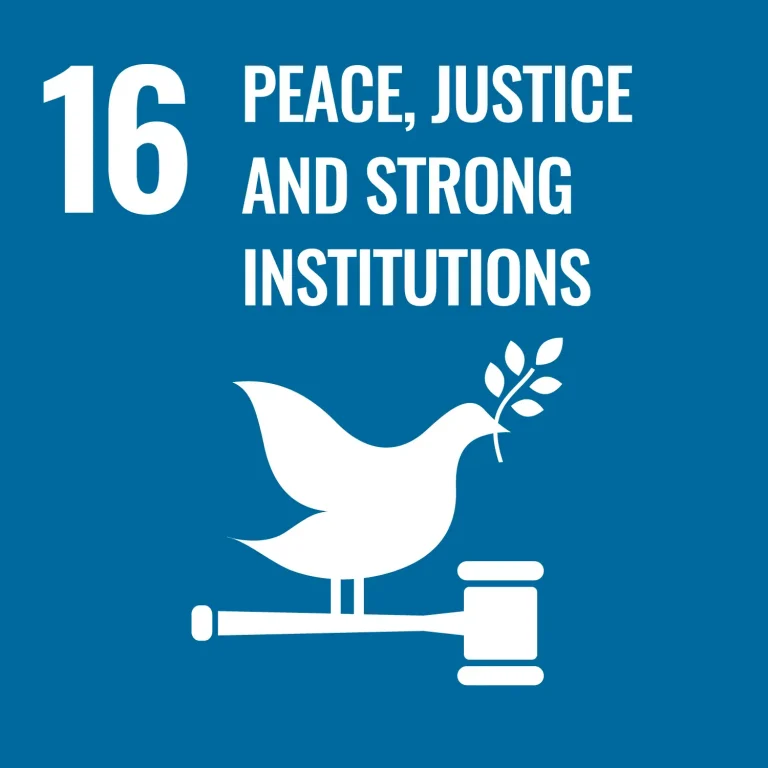

Architecture & Engineering
The University of Haifa is committed to a high level of sustainability in all physical aspects, including the
open spaces of the campus, new buildings and renovation and refurbishment of existing buildings.
In line with the above policy, University of Haifa is actively engaging in the following:
Campus Outdoors
- Improving walkability inside the campus, with special attention to physical
accessibility. - Enhancing physical comfort in all outdoor areas.
- Providing Shade along walking paths and in assembly areas.
- Planning and erection of “Nature Retreat” spots.
- Implementation of a water conservation policy through the selection of local and
water-efficient vegetation, and the use of economical means of irrigation at recommended times. - Use of recycled materials as much as possible for outdoor furniture and paving materials.
- Implementation of environmental gardening practices according to Gardening Principals’ Guidelines.
- Protection and preservation of local species (flora & fauna) through eco-friendly gardening practices.
- Evaluate identification and marking of trees with special values throughout the campus, in order to preserve them and protect them from harm.
- Continuous improvement and updating of the multi-language orientation system on campus.
- Evaluating erection of Green Roofs on existing and new buildings.
- Reuse of topsoil from building sites to preserve local species, when possible.
- Minimizing of nocturnal light pollution.
- Enhancing accessibility to public transportation and improving the physical condition of transit stations.
Campus Indoors
- Improving all accessibility aspects on campus, including accessible orientation, accessible toilets, accessible parking spaces.
- Establishing a gender friendly environment, including gender neutral toilets.
- Allocating areas for use by the university community for heating food and dining using food and utensils from home.
- Maximizing the use of existing spaces in order to reduce the need to erect new buildings.
- Reduction of VOC emitting finish materials.
- Pending Techno-Economics, operational waste separation in the building.
- Leveraging the unique human resources on campus to drive innovation in planning and construction processes.
Building & Structures – New
Design quality:
- All new buildings will meet IS5281 standard (Sustainable building (Green
building): Requirements for non-residential buildings) - Emphasizing bioclimatic design with regard to sun and shade management, and wind exposure.
- Maximizing natural lighting to improve the quality of interior spaces and reduce energy consumption for lighting.
- Evaluation of the need for bicycle parking spaces.
- Minimizing the use of natural materials for construction.
Operational resource use mitigation:
- Energy efficient design, according to Israeli regulation IS5282 (Energy rating of buildings).
- Installing exclusively water-efficient plumbing fixtures, while also evaluating and implementing, where feasible, water reuse options for gardening, fire suppression, or toilet flushing.
- Designing high-quality, purpose-appropriate artificial lighting to ensure visual comfort while reducing energy consumption.
- Evaluate installing / upgrading lighting management systems that allow for
centralized control of both indoor and outdoor lighting. - Evaluate installing / upgrading energy management systems to enable efficient energy use monitoring.
- Evaluate increasing the use of renewable energy and reducing energy consumption for water heating.
Construction phase enhancement:
- Maximizing re-use of construction waste.
- Designing new structures in accordance with the natural terrain to optimize outdoor access and reduce excavation and filling on-site.
- Prioritizing construction contractors with environmental management systems and occupational health and safety management systems.
- Utilizing green certification and /or recycled materials as much as possible
throughout all stages of construction, with preference for local suppliers. - Minimizing disturbance from construction sites.
- Conducting a handover inspection, including checking building systems andverifying compliance with relevant standards.
Building & Structures – Existing
Design quality:
- When applicable, renovations & refurbishment will comply with IS5281 for
renovation. - Evaluate improvement of thermal insulation of outer shell.
- Evaluate improvement of the acoustic quality of spaces according to the
requirements of the space’s function and purpose. - Minimizing the use of natural materials for construction.
Operational resource use mitigation:
- Evaluate improvement of the building’s energy performance.
- Evaluate improvement of glass in windows (low e glass, high selectivity)
- Designing high-quality, purpose-appropriate artificial lighting to ensure visual comfort while reducing energy consumption.
Construction phase enhancement:
- Reuse of existing furniture. Proper furniture will not be thrown away.
- Reuse of products and materials in the building site, and across different sites inside the campus as much as possible.
- Re-use of construction waste as per code.
- Minimizing disturbance from construction sites.
- Conducting a handover inspection, including checking building systems, their incorporation with other existing building systems and verifying compliance with relevant standards.
- Prioritizing construction contractors with environmental management systems and occupational health and safety management systems.

